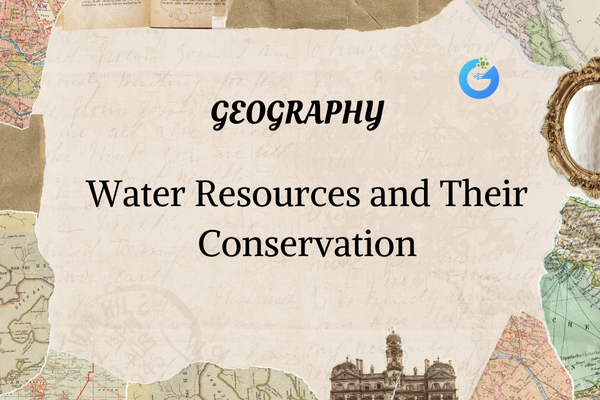Introduction – The First Steps of Human History
Imagine a time when people didn’t have houses, electricity, or even written language. That’s the world of early humans—the beginning of our human story. The Stone Age was a time when people made tools out of stone, hunted wild animals, and lived in caves. It may sound simple, but it was a big deal—it’s when humans started to figure out how to survive on Earth!
expert-led History classes – visit our website to learn more
Who Were the Early Humans?
Early humans were our ancient ancestors. They looked a bit like us, but their lives were very different. They lived in small groups, moved from place to place, and hunted animals or gathered fruits and nuts to eat.
They were hunter-gatherers, meaning they didn’t grow food yet. Over time, they learned how to use fire, make sharp stone tools, and even draw on cave walls to tell their stories. These small discoveries slowly changed their lives and set the stage for future progress.
Why Is the Stone Age Important?
The Stone Age is important because it shows the first signs of human intelligence and creativity. It’s when people:
- Discovered how to make fire
- Made tools to hunt and protect themselves
- Learned how to communicate with symbols and drawings
Each of these steps helped humans survive better and led to the development of families, communities, and eventually, civilizations. Without these early steps, human civilization wouldn’t have developed!
When Was the Stone Age?
The Stone Age began around 2.5 million years ago and lasted until about 3000 BCE. That’s a huge span of time! Historians divide it into three parts to understand the changes better:
- Paleolithic (Old Stone Age) – humans lived in caves and used simple tools.
- Mesolithic (Middle Stone Age) – tools improved, and people began taming animals.
- Neolithic (New Stone Age) – people started farming and building homes.
Each period brought new changes in how humans lived, worked, and interacted with nature.
Where Did Early Humans Live?
Early humans first appeared in Africa, and then slowly spread to Europe, Asia, and other parts of the world. They followed rivers and forests in search of food and shelter, often settling near places where nature provided everything they needed.
In India, archaeologists have discovered Stone Age tools in places like Bhimbetka in Madhya Pradesh. This place is famous for its cave paintings, which tell us amazing stories about how people lived thousands of years ago.
How Did Life Work in the Stone Age?
Life in the Stone Age was all about survival. People had to:
- Hunt wild animals using spears and arrows
- Gather fruits, roots, and nuts
- Use animal skins as clothes
- Live in caves or huts made from sticks and leaves
There were no shops, schools, or roads—just nature and people trying to stay safe. But as time passed, humans learned to grow crops, tame animals, and build better shelters. That’s when life became more settled, leading to the early beginnings of villages.
Core Concepts – What You Should Know
Here are some key ideas to remember from the Stone Age:
| Concept | Meaning | Example |
| Stone Age | The time when humans used stone tools | Old, middle, and new stone ages |
| Hunter-Gatherer | Early humans who hunted and collected food | No farming yet |
| Fire Discovery | Learning how to use fire for warmth and cooking | Protected from wild animals |
| Cave Paintings | Early drawings to tell stories or show hunting | Bhimbetka caves in India |
| Neolithic Farming | Beginning of growing crops and keeping animals | Farming villages started |
Understanding these terms helps you see how far humans have come from using stones to using smartphones!
FAQs – Curious Questions Kids Might Ask
Q1: Did early humans have schools?
No! They learned from experience—by watching, copying, and practicing with their group.
Q2: How did they cook food?
They used fire to roast or smoke food. Fire was like magic for them!
Q3: Did they have pets?
Kind of! They began taming animals like dogs in the later part of the Stone Age.
Q4: Why did they move so much?
Because they followed animals and seasons to find food. No farms yet!
Q5: Did early humans talk like us?
They used simple sounds and signs, and later started developing early languages.
These questions show how curious and clever early humans were—even without books or schools.
Fun Facts About Early Humans!
Here are some fun and surprising facts about Stone Age life:
- The first tools were just sharp-edged stones.
- Early humans probably discovered fire by watching lightning strike dry trees.
- Some cave paintings show animals that no longer exist!
- Dogs were among the first animals to be tamed—man’s best friend, even back then!
- In Bhimbetka, some cave paintings are over 10,000 years old!
Conclusion – The Dawn of Humanity
The Stone Age wasn’t just about rocks—it was about humans learning to survive, think, and grow. It was the first chapter in the long story of civilization.
From discovering fire to painting on cave walls, early humans used their brains and bravery to shape the world. And their journey eventually led to cities, writing, and modern life.
So next time you see a stone, imagine—what would YOU do if you lived in the Stone Age?








